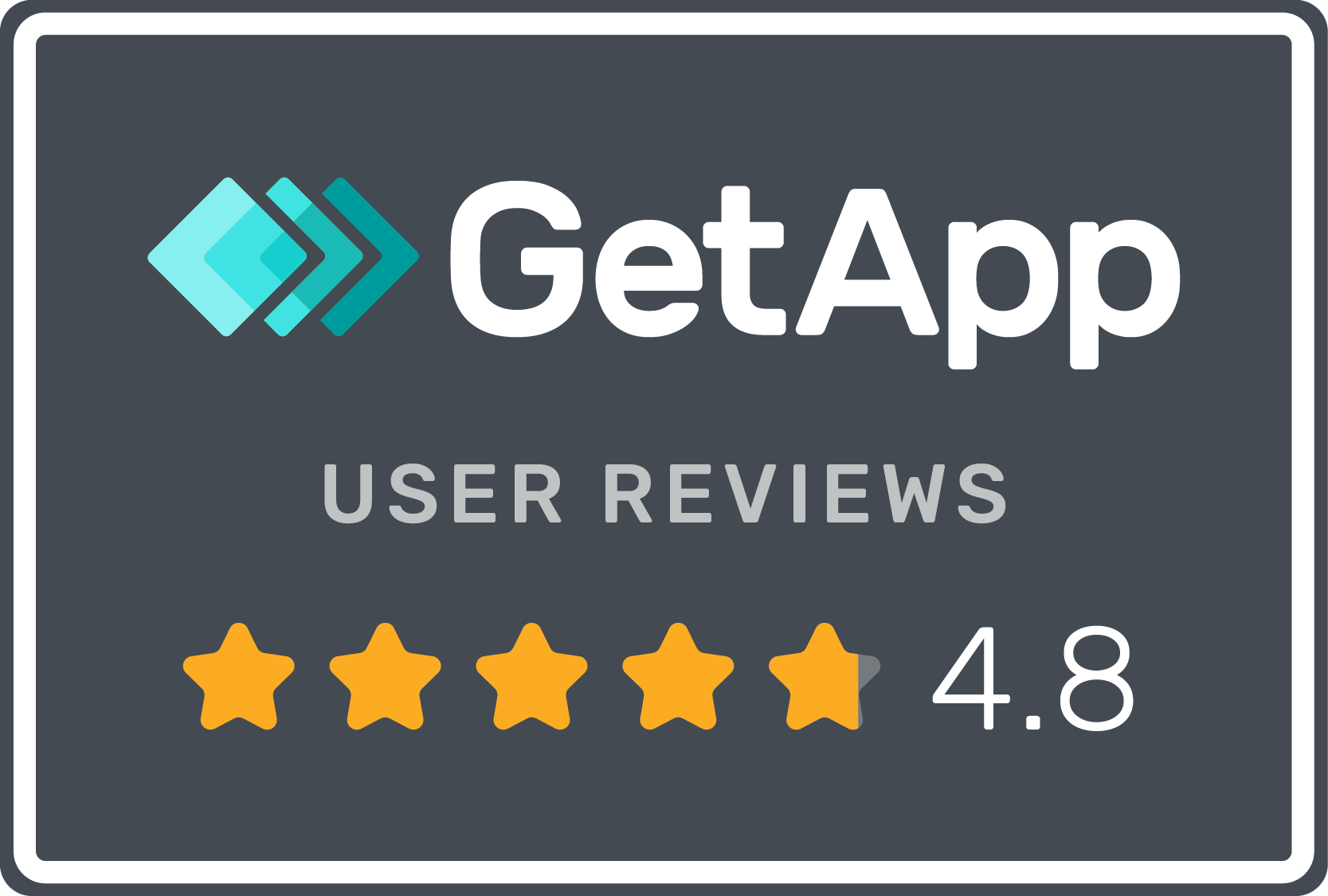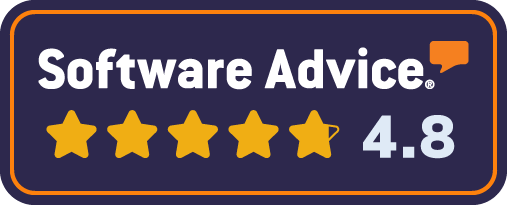
What is DAM? Revisited for 2025
In 2025, Digital Asset Management (DAM) has become a cornerstone of effective brand and content management, but it’s worth revisiting its fundamental purpose.
While DAM solutions have evolved to offer a wide array of features - from content automation to AI-driven insights - at its core, a DAM is fundamentally a Search Engine for your brand assets and content. Crucially, advancements in AI-generated tagging and metadata have transformed the very foundation of search, making it smarter, faster, and more efficient.
DAM as a Search Engine
At its heart, a DAM system is designed to help you find, organize, and retrieve your digital assets quickly and efficiently.
It is first and foremost a Search Engine. This primary function is what sets it apart from other tools in the tech stack.
The core remit of a DAM is to ensure that the right assets are accessible to the right people at the right time, reducing inefficiencies and eliminating “asset hunting” altogether.
“…the very first DAM, didn’t even store files, but instead was a searchable database with link to the file stored in local hard drives. It was all about search.”
Cumulus, perhaps the very first DAM^, founded in Germany by Jennifer Neuman in the early 90’s (before concepts like “Cloud Storage” existed), didn’t even store files initially, but instead was a searchable database with link to the file stored in local hard drives. It was all about search
However, as digital libraries grow exponentially in size, manual tagging and metadata entry have proven to be bottlenecks. This is where AI-driven tagging and metadata generation have become essential—not as an add-on, but as a core enabler of effective search.
^ Interestingly Brandkit founded originally in 1994 was probably the worlds second DAM, and Jennifer Neuman is now on Brandkit’s Advisory Board.
AI Machine Vision: Redefining Search
AI-powered features, particularly machine vision and natural language processing, have elevated the search capabilities of DAM systems. These technologies:
- Automatically Generate Metadata: AI identifies objects, contexts, and themes in images (and in some cases videos), applying relevant tags without human input.
- Enhance Discoverability: By generating detailed and accurate metadata, and in many cases now a score in a vector database (to support natural language or semantic search), AI ensures that assets are easily searchable, even if users input vague or incomplete queries.
- Reduce Effort: Teams no longer need to spend as much time in manually tagging assets, which not only saves time but also reduces human error and inconsistencies.
These capabilities are not just “nice-to-haves.” They fundamentally improve the core functionality of a DAM by making search far more powerful and reliable.
Beyond the Core: Additional Features
Many DAM vendors still offer a suite of additional features that build on this core, such as:
- Content Automation: Automating repetitive tasks like resizing images or formatting videos.
- Collaborative Tools: Enabling teams to review, approve, and distribute content seamlessly.
- Integration Capabilities: Connecting with your CMS, CRM, and other platforms to create a unified workflow.
While these features add value, and are nice-to-haves, they rely on the solid foundation of a DAM’s search capabilities, which AI-powered tagging and metadata now enhance significantly.
Why This Distinction Matters
Understanding that AI-generated tagging and metadata are integral to a DAM’s core purpose (i.e. Search) helps organizations prioritize what truly matters when evaluating or optimizing a DAM solution.
Without these AI capabilities, even the best search engine struggles to keep pace with the demands of growing asset libraries. For brands looking to scale globally, AI-enhanced search ensures consistency, efficiency, and brand integrity.
Closing Thoughts
As we look ahead, DAM systems will continue to innovate, but their core purpose remains unchanged: being the ultimate search engine for your digital assets.
What has changed is the critical role of AI in fulfilling this mission. AI-driven tagging and metadata are no longer just enhancements - they are the key to making search work better with less effort.
By embracing these advancements, organizations can unlock the full potential of their DAM systems and empower their teams to focus on creating and managing remarkable, authentic brands.
Happy branding :)
What is DAM? Revisited for 2025
In 2025, Digital Asset Management (DAM) has become a cornerstone of effective brand and content management, but it’s worth revisiting its fundamental purpose.


